Discover the beauty of original reclaimed parquet flooring
directwoodflooring.co.uk
An expert guide to choosing and fitting traditional wooden parquet in your home
Elegant, enduring and evocative of grand historical houses, parquet flooring can completely transform a room. If you’re considering a traditional parquet floor, nothing beats using solid wood. Add to that a healthy dose of authenticity and craftsmanship, and you’ve got the essence and appeal of reclaimed parquet flooring.
Characterised by how it’s made and laid, parquet flooring is constructed from small blocks or strips of wood, which are typically laid in distinctive patterns on the floor. This type of flooring gets its name from the French word ‘parqueterie’, which means a geometric mosaic of wood.
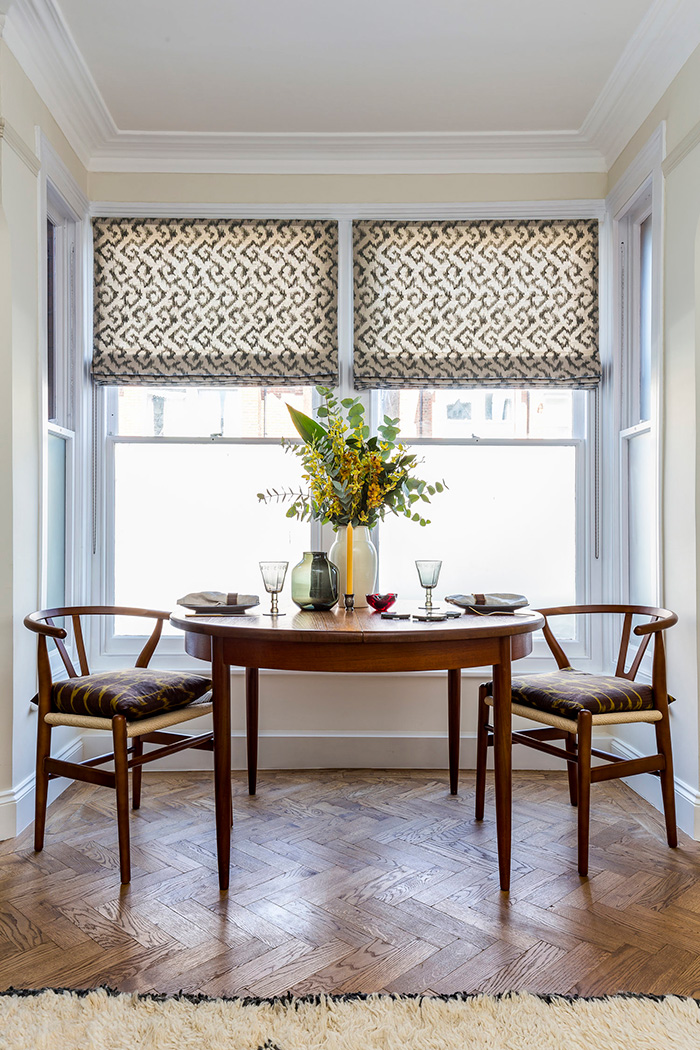
chauncey.co.uk
The love affair with parquet has long been in existence. ‘Parquet has been around since the 1500s,’ explains Nick Newman, director and head of flooring at LASSCO. ‘But most of the reclaimed parquet used today dates from the 1920s to the 1950s.’
Parquet is typically reclaimed from various sources, including old private and public buildings, churches, schools and manor houses – all of which adds to its sense of history and authenticity.

chauncey.co.uk
The use of parquet in Britain is believed to stem from the 17th century. One particular building known to be an early convert to parquet is Somerset House, which was restyled to bring a French element to the interior design. Although many original floors from that era have sadly long since been lost, some good examples can be found at National Trust properties, such as Ham House in Richmond.
There’s something special about interior trends that are so long-lasting, transcending from use in one generation to the next. ‘Parquet gives a warmth to a room that other flooring doesn’t offer,’ comments Nick. ‘It comes with an integrity superior to other surfaces, especially laminates. And, of course, it is key part of the huge revival and interest in wood flooring.’
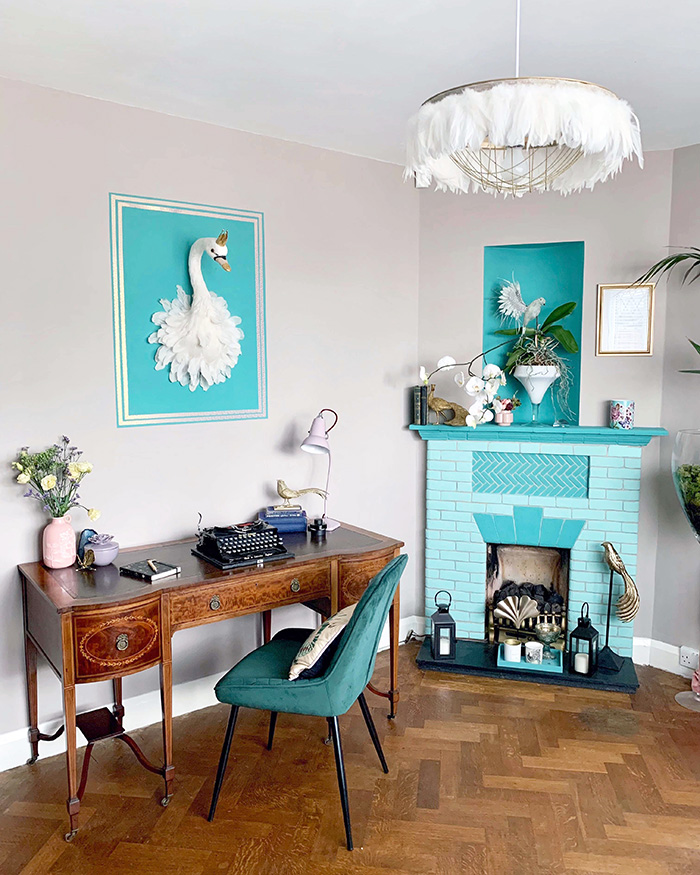
© Maria Jones @theinterioreditor
I love the reclaimed parquet look. Where should I start?
As with buying any flooring, there are various issues to consider before you buy reclaimed parquet. Firstly, think about where you’re planning to have it fitted. For example, it works well in hallways, living rooms and reception rooms and in spaces where you can gain the benefits of enjoying the pattern and design.
Consider the age and era of your home too. LASSCO recommends using ‘historically plausible’ reclaimed materials in any refurbishment, so that the flooring you’re putting in matches what would typically have been there.
Although reclaimed wood is loved for its distressed patina, if you prefer a more polished look then companies like Hargreaves offer a sanded and refinished option too. This gives a more contemporary look, but you still have the benefit of aged timber’s durability.
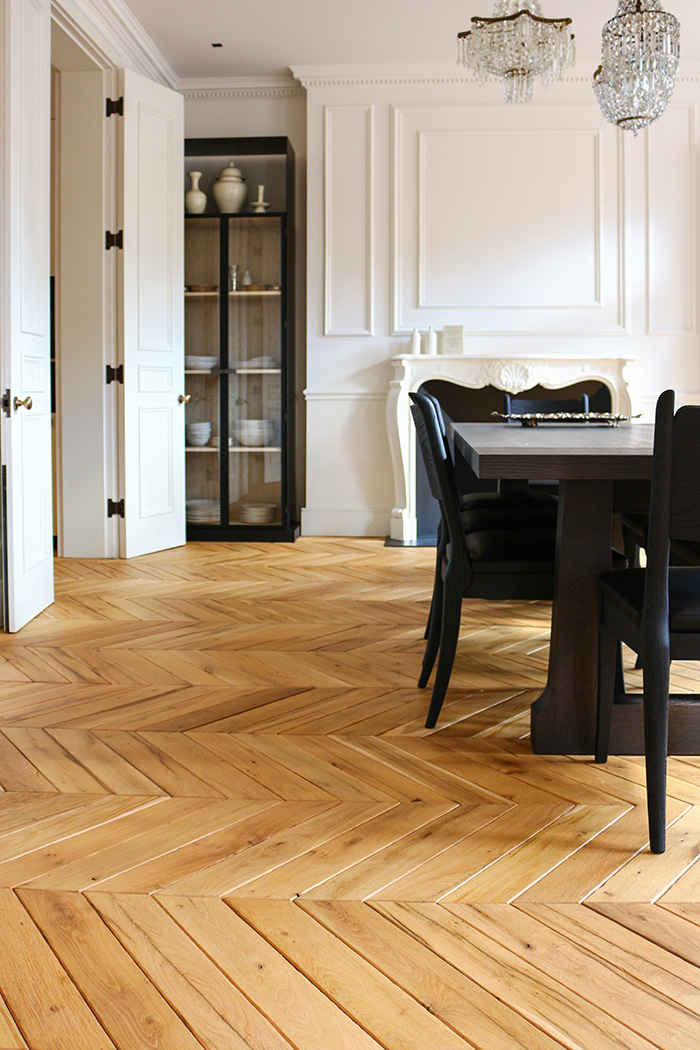
lassco.co.uk
Which type of wood should I choose?
Parquet can be made from a range of different woods, including oak, walnut, pine, cherry and mahogany. The type of wood you choose will have an impact, particularly in terms of colour and light. Some woods have more warm tones, while others are darker or lighter, so you’ll need to think about the lighting in the area where you want to have parquet and which wood colours work best with your existing decor.
‘At LASSCO, we prefer parquet made from pine (softwood) and teak or oak (hardwoods),’ says Nick. Different woods vary in terms of their popularity too. ‘Oak is always fashionable and on trend, but the more “orangery” pines are less so at the moment.’
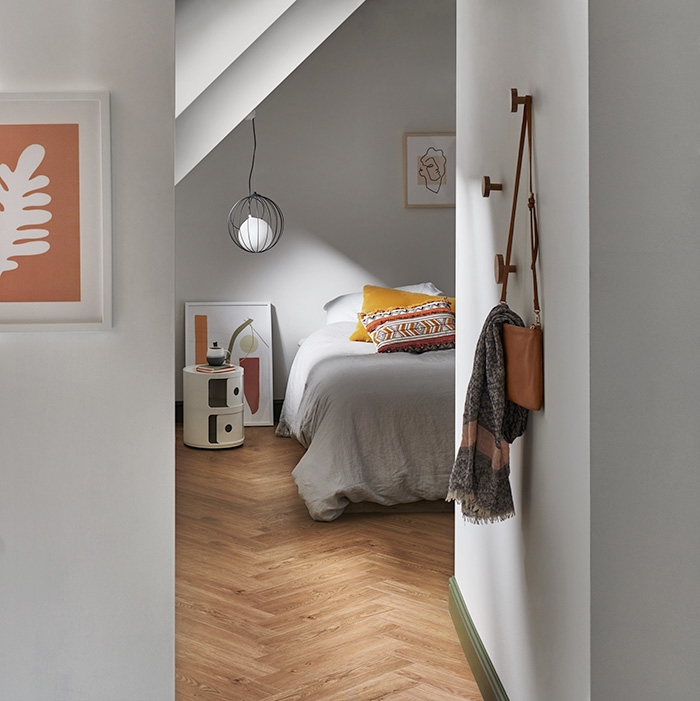
woodpeckerflooring.co.uk
How should parquet be fitted?
When you’re investing in parquet flooring, you’ll no doubt want it to last, so you may want to leave it in the hands of the experts and use an experienced fitter, especially if you need to have the floor base levelled off before it’s fitted – it’s usually recommended that you have a 5mm-plywood sub-floor.
Parquet fitting is a process that happens in stages and, depending on the pattern you’re creating, it can take time. You’ll need to decide on the pattern you’d like created and whether or not you’d like a border of blocks around it. Some of the popular parquet flooring designs include the herringbone, chevron and classic Parquet de Versailles.
If you’re a dab hand at DIY, then taking the time to lay it yourself can be a rewarding experience. Parquet Parquet have produced some helpful videos and fitting guides that you can watch on their website for guidance.
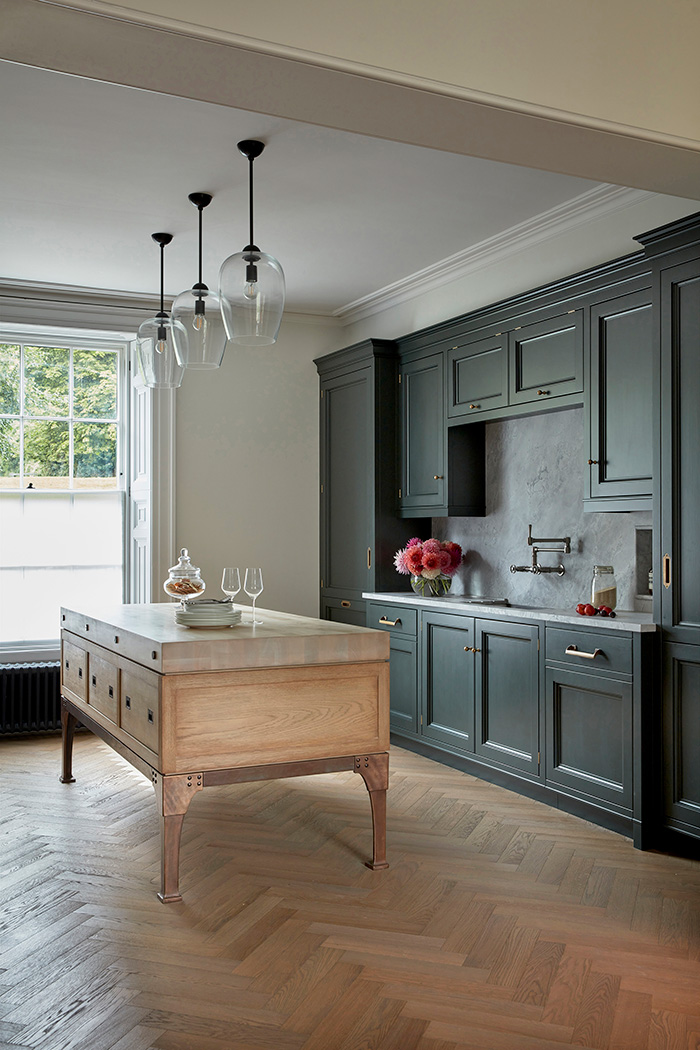
chauncey.co.uk
What about aftercare?
Solid wood parquet can have a long life, but as with any flooring, it requires good care and maintenance. ‘For regular maintenance, use a weak dilution of washing-up liquid to clean it,’ suggests Nick.
If your floor suffers from scratching, then the repair required depends on what finish was used in the first place. ‘If it was lacquered, then unfortunately you’ll have to redo the entire floor. However, if an oil finish was used, then you can simply touch up the damaged area,’ says Nick. So, with a little care and attention your reclaimed parquet will look glorious and can last for years to come.
WORDS: RACHEL NEWCOMBE
Before you go...
...fancy automatic entry to all future competitions?
Simply register online today for FREE and you will get:
Automatic entry to all current and future competitions.
Access to Reclaim Inspiration - an online visual pinboard for saving all your home and style inspiration.
A regular newsletter of inspiration, ideas and advice.

Save all your articles in one place
Become a Reclaim Member to save all your home and style inspiration. Simply login or register online today for FREE and you will get:
Automatic entry to all current and future competitions.
Access to Reclaim Inspiration - an online visual pinboard for saving all your home and style inspiration.
A regular newsletter of inspiration, ideas and advice.








